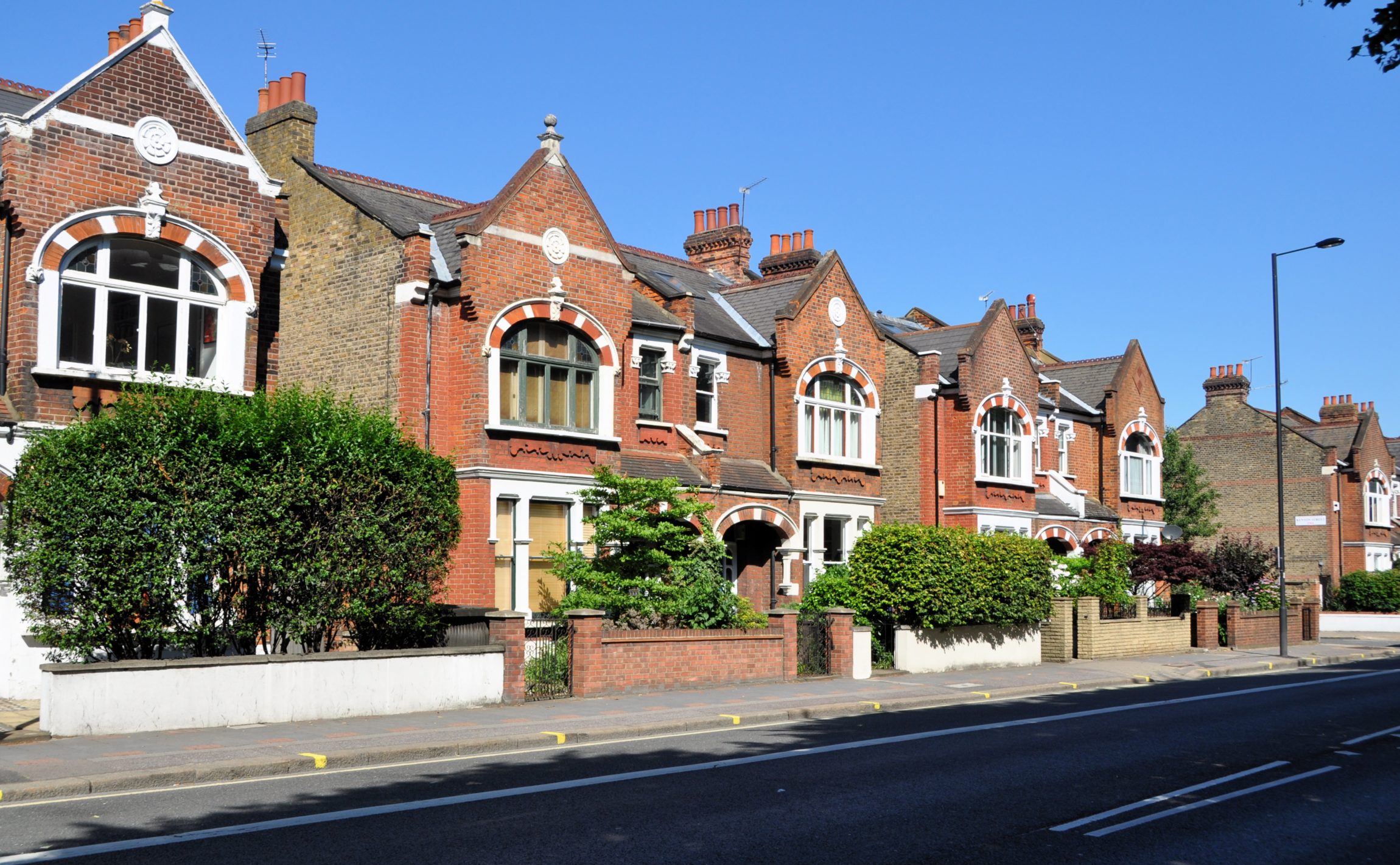
What Triggers Wet In A Home?
Moist Tool Kit Component 1: Introduction To Causes & Solving Concerns Without massive tracking of ecological conditions inside buildings, it is impossible to completely develop the effect of usage and profession on residences. However, I have seen many examples of individuals unintentionally adding to damp problems. Improvements to older properties (e.g. adding loft space insulation and blocking up old fireplaces) imply intrinsic problems from various structure kinds might not be recognized.Identifying Penetrating Damp
Increasing wet that shows up from the ground often tends to be triggered by having a damaged wet evidence program, or no moist evidence training course at all. Or, there might be water permeating from outside due to a missing out on roofing floor tile, a leaking home window frame or an obstructed seamless gutter. These microbes can obtain adequate nutrients from the dirt and dirt in our homes, which consist of human and pet skin cells, hair, and other fragments. The EPA states that mold and mildew can grow on any type of surface area made from organic products, including timber, paper, rug, and insulation. A feasible issue is that the temperature of an exterior wall may not be uniform.Paraffin Versus Damp Wall Surfaces In Homes In Mallorca
‘Most common misconceptions’ about mould growth in the home - can be a ‘costly mistake’ - Express
‘Most common misconceptions’ about mould growth in the home - can be a ‘costly mistake’.


Posted: Sat, 07 Jan 2023 08:00:00 GMT [source]
- Dirt that maintains water, such as clay, can worsen the problem, specifically if there is insufficient water drainage around the building's structures.
- The Health And Wellness Executive advises that family member moisture inside needs to be maintained at 40-70%, while various other experts advise that the array ought to be 30-60%.
- Unlike climbing damp, passing through moist can occur at any degree of the structure and is frequently localized to the location of water access.
- Exterior algae, lichen and moss growth should be dealt with and eliminated before additional damp therapies are executed.
- Water-wielding home appliances like cleaning equipments and dish washers can additionally include unwanted dampness to your walls (and floors).
Just How To Gauge Your Home's Dampness
Often, there is greater than one source of dampness, which can complicate issues. In these scenarios, it is advised that an accordingly certified RICS surveyor is engaged to check the residential property and offer clear and unbiased suggestions on appropriate treatments. The crucial to managing condensation inside a building is to keep the building's material over the thermal humidity. The typical family produces 12 to 15 litres of water per day just with typical everyday activities. In these cases, replacing with a concrete or lime based plaster is a lot more robust as they do not obtain damaged so conveniently by liquid moisture. Concrete and lime plasters are additionally extra alkaline which implies they do not sustain mould development, whereas https://us-southeast-1.linodeobjects.com/party-wall-construction/party-wall-award/party-wall/the-advantages-of-concrete-keeping-wall.html gypsum is a neutral substratum and can enable mould to grow. If your home does not have an appropriate ventilation system, cozy, moist air can accumulate and cause condensation on wall surfaces and home windows. This can create the perfect setting for mold and mildew and mildew development, as well as wood rot and parasite problems. This issue can worsen in wintertime when people are much less likely to open windows while bathing or drying out clothes due to cool temperature levels. However, unless the root cause is taken care of, passing through moist will repeat. Outside algae, lichen and moss growth have to be treated and eliminated prior to additional damp therapies are performed. Plumbing and main heating prevail sources of damp within the home. Plumbing should be frequently examined to make certain that pipelines are not corroded or dripping. Little leaks have actually been known to trickle onto adjoining walls for a long period of time prior to anybody notifications. Black mould is more common inside due to the higher temperature levels needed for growth.What soaks up moisture in house?
off by checking out these locations of your home. Mould development prevails in kitchens and bathrooms where excess dampness is created. If increasing moisture is left unattended, it can cause significant damages to a structure. The moisture that permeates into the wall surfaces can rot wood, blister paint and wallpaper, and crumbling plaster. Moreover, increasing dampness can likewise advertise the development of mould and mildew, which may have negative impacts on one's health and wellness. Elevate the temperature level of chilly surfaces where moisture condenses. Usage insulation or storm windows.(A storm window mounted on the inside jobs much better than one set up on the outside.)Open up doors between spaces (particularly doors to